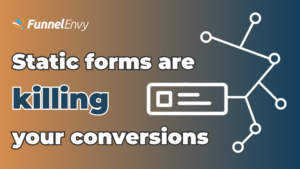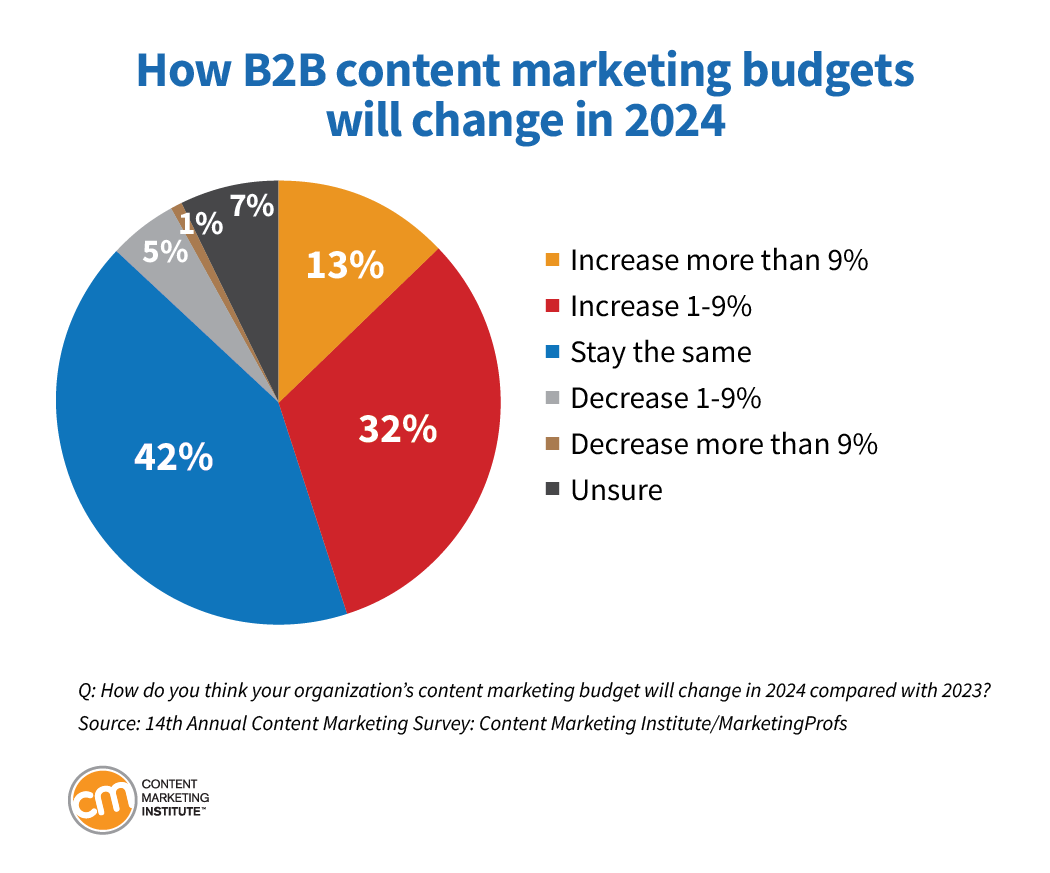Ensuring B2B Marketing and Sales Alignment to Prevent Stalled Opportunities
In B2B marketing, generating high-quality leads is only half the battle. The real challenge lies in converting those leads into paying customers—and this is where marketing and sales alignment becomes critical. When these two teams operate in silos, it often results in lost opportunities, miscommunication, and inefficiencies that hinder revenue growth.
To prevent stalled opportunities, B2B companies must prioritize marketing and sales alignment. A well-coordinated approach ensures that both teams share a common understanding of target audiences, lead qualification criteria, and success metrics. This blog explores identifying misalignment, establishing shared goals, and continuously refining collaboration to drive conversions.
Identifying Misalignment Between Teams
The first step in achieving marketing and sales alignment is recognizing gaps. Many B2B companies operate with separate marketing and sales teams with different objectives, KPIs, and even definitions of success. Without a clear bridge between these functions, inefficiencies arise, leading to wasted efforts and missed revenue opportunities. Here are key areas to assess when identifying misalignment:
Inconsistent Lead Qualification and Handoff
One of the most common sources of friction between marketing and sales is the definition of a “qualified lead.” Marketing may consider qualified leads based on engagement metrics—such as content downloads or webinar attendance—while sales might prioritize leads demonstrating clear purchasing intent. Both teams need to establish a shared definition of key terms, such as:
- Marketing Qualified Lead (MQL): A lead that has engaged with marketing content and fits the ideal customer profile.
- Sales Qualified Lead (SQL): A lead vetted by sales and ready for direct outreach.
By ensuring marketing and sales agree on these definitions, businesses can prevent leads from being neglected or discarded.
Communication Gaps and Lack of Feedback Loops
Poor communication is another major factor contributing to misalignment. If marketing and sales teams operate independently without regular updates or knowledge sharing, valuable insights get lost. To close this gap, companies should establish structured feedback loops. This can include:
- Regular alignment meetings where sales share lead quality feedback with marketing.
- Collaborative reporting dashboards provide real-time insights into lead performance and sales outcomes.
- CRM systems with shared access, ensuring both teams track lead to progress in a centralized platform.
By fostering open communication, marketing and sales can refine their strategies based on accurate data rather than assumptions.
Mismatched KPIs and Performance Metrics
Marketing and sales often have different performance metrics, creating conflicting priorities. Marketing teams might focus on generating a high volume of leads, while sales teams prioritize closing deals. If marketing is incentivized to drive traffic and form fills without regard for conversion quality, the sales team may end up with unqualified leads that slow down the pipeline.
To align objectives, both teams should adopt shared KPIs, such as:
- Lead-to-Customer Conversion Rate: A metric that reflects how well marketing-generated leads turn into actual customers.
- Pipeline Velocity: Measures how quickly leads move through the sales funnel.
- Revenue Contribution: Tracks how much revenue can be directly attributed to marketing-generated leads.
When both teams work toward common KPIs, they become more invested in optimizing the entire funnel than just their own segment of the process.
Strategies for Creating Shared Goals and Processes
Once misalignment has been identified, the next step is establishing a structured approach that syncs marketing and sales. This involves defining shared goals, implementing standardized processes, and leveraging technology to facilitate seamless collaboration.
Establish a Unified Customer Journey
For marketing and sales to work effectively, they must have a shared understanding of the customer journey. From a customer’s standpoint, the buying process should feel like one continuous experience, not a disjointed handoff between departments. To align efforts, companies should consider the following:
- Map out the customer journey from the first touchpoint to purchase, ensuring both teams understand how prospects move through the funnel.
- Define transition points between marketing and sales, specifying when and how leads should be handed off.
- Develop consistent messaging so prospects receive uniform information throughout their interactions with the company.
When both teams see the sales funnel as a shared responsibility, leads move through it more efficiently, reducing the risk of drop-off or disengagement.
Standardize Lead Scoring and Handoff Processes
Implementing a lead scoring system is one of the most effective ways to ensure smooth collaboration. Lead scoring assigns a numerical value to each prospect based on criteria such as engagement level, demographics, and intent signals. This helps prioritize leads and ensures sales teams focus on the most promising opportunities. For an effective lead scoring model:
- Marketing and sales should collaborate to define which actions (e.g., webinar attendance, website visits, demo requests) indicate a lead is ready for sales engagement.
- Assign point values to different behaviors and characteristics to create a tiered lead qualification process.
- Use automation tools within a CRM to flag leads that meet the SQL threshold, triggering an automatic handoff to sales.
Marketing and sales can eliminate friction by agreeing on what constitutes a “sales-ready” lead, ensuring that only high-quality leads move forward in the pipeline.
Leverage Technology to Bridge the Gap
Modern tools and platforms can significantly enhance marketing and sales alignment by improving data visibility and streamlining collaboration. Businesses should integrate systems that allow both teams to access real-time information about leads, pipeline status, and conversion rates. Key technologies include:
- CRM Systems (e.g., Salesforce, HubSpot): These provide a centralized database where marketing and sales teams can track lead interactions and progress.
- Marketing Automation Platforms (e.g., Marketo, Pardot): These help nurture leads and provide sales teams with behavioral insights.
- Analytics Dashboards (e.g., Google Analytics, Tableau): These tools help measure lead quality and track conversion trends.
By using integrated technology solutions, both teams gain a holistic view of the funnel, reducing data silos and improving decision-making.
Monitoring and Refining the Collaboration
Achieving marketing and sales alignment isn’t a one-time effort—it requires ongoing monitoring, feedback, and adjustments to maintain efficiency.
Conduct Regular Alignment Meetings
One of the simplest yet most effective ways to ensure continuous alignment is scheduling frequent check-ins between marketing and sales. Best practices for alignment meetings include:
- Weekly or biweekly meetings can review lead performance and discuss feedback from both teams.
- Joint sales-marketing performance reviews are used to analyze conversion metrics and identify areas for improvement.
- Collaborative brainstorming sessions will refine content strategy, outreach tactics, and campaign messaging.
Consistent communication keeps both teams informed and helps address issues before they escalate into major inefficiencies.
Implement Feedback Loops for Continuous Improvement
Marketing and sales alignment improves when both teams actively share insights and learnings. Establishing structured feedback loops ensures that marketing understands how their efforts impact sales and that sales teams receive support in closing deals. Ways to create effective feedback loops include:
- Sales team insights: Encourage sales reps to provide feedback on lead quality, common objections, and customer concerns.
- Marketing performance reviews: Track which content, campaigns, and messaging resonate most with prospects and lead to conversions.
- A/B testing and optimization: Experiment with different approaches and adjust strategies based on accurate data.
When feedback flows freely between departments, both teams can continuously refine their tactics to improve overall conversion rates.
Adapt to Changing Market Conditions
Buyer behaviors, industry trends, and competitive landscapes are constantly evolving. Companies that proactively adjust their marketing and sales strategies remain ahead of the competition. To stay agile:
- Monitor industry trends and adjust messaging to address emerging customer needs.
- Reassess KPIs quarterly to ensure both teams are working toward relevant objectives.
- Train teams on new tools and methodologies to keep sales and marketing strategies fresh and compelling.
By fostering a culture of adaptability, businesses can ensure long-term alignment and prevent stalled opportunities.
Moving Ahead with Marketing and Sales Alignment Impact
Aligning B2B marketing and sales teams is not just a matter of improving internal processes—it directly impacts lead conversion, revenue growth, and overall business success. When marketing and sales operate in silos, valuable opportunities are lost, sales cycles become inefficient, and customer experiences suffer.
Analyzing your sales funnel is one way to diagnose where sales and marketing may be out of alignment. Problems in the sales funnel may surface issues between teams that aren’t readily apparent.
Are you confused about where your funnel is leaking? You’re not alone. An optimized funnel requires technical expertise and a holistic approach. That’s where we come in. Funnel Envy’s Full Funnel Audit includes:
- A 21-day delivery guarantee
- Precise plans & instructions
- Comprehensive end-to-end audit
Contact us today to learn how we can get you started.












